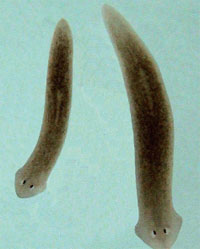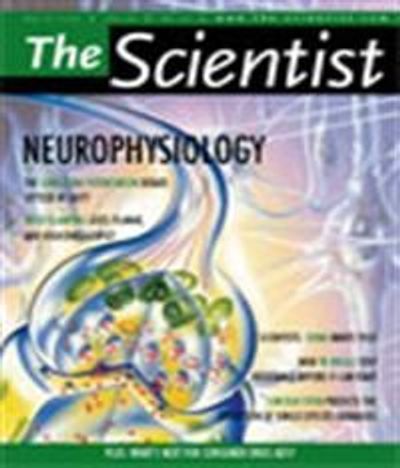© 2005 Center for Development Biology

Researchers at the University of Utah are among the first to use large-scale genetics to study the planarian
Because the organism does not reproduce sexually, it cannot be studied using traditional genetic techniques. But by using bacterial-fed RNA interference against 1065 planarian genes, the study "effectively makes an animal that was not accessible to genetic studies accessible," says study coauthor Alejandro Sánchez Alvarado.
Animals were screened for visible phenotypes, such as regeneration defects, light sensitivity or mobility deficits, and for nonvisible defects, such as cellular level changes. Researchers performed 53,400 amputations to observe the worms for regeneration defects. They determined that 240 of the 1065 genes screened generated observable phenotypes following perturbation.
Michael Levin of the Forsyth Institute, Boston, who has worked with the...
Interested in reading more?




